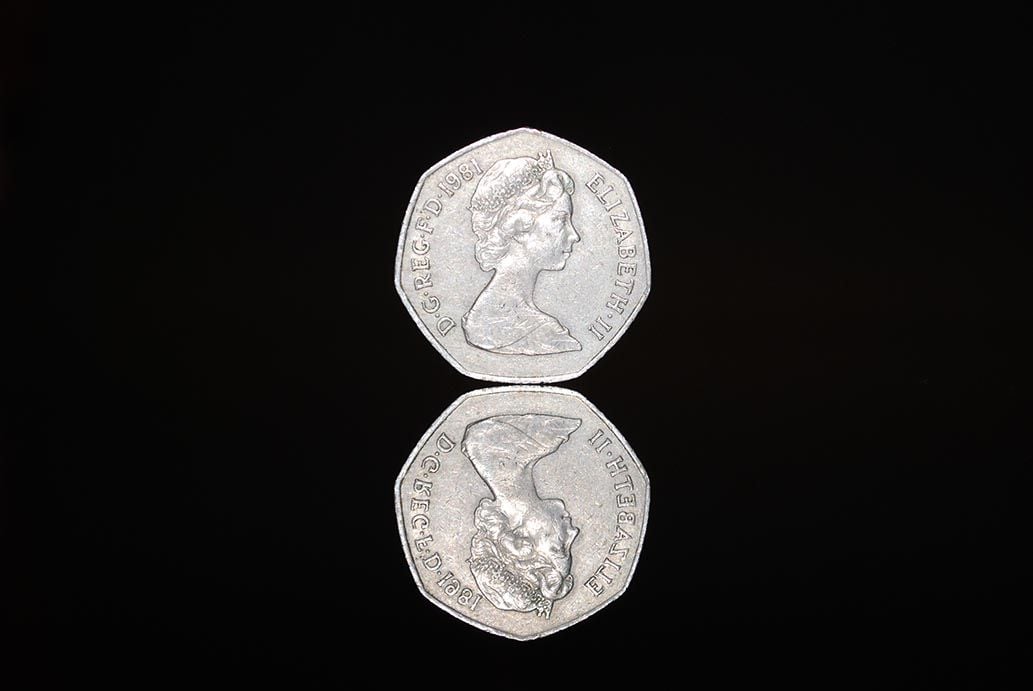British Pound Latest: Analyst Expectations for Sterling vs. Euro and Dollar in Wake of Brexit Deal Backlash

Image © Thomas Otto, Adobe Stock
- How May could yet deliver a Brexit deal
- Potential targets for Sterling under 4 possible scenarios going forward
- GBP widely expected to remain under pressure over near-term
The Pound is currently undergoing its largest fall against the U.S. Dollar and Euro since October 2016 as markets fear the prospect of a 'no deal' Brexit has become all the more likely following a fierce rejection by U.K. politicians of the freshly-agreed Brexit deal.
As Thursday, November 15 progresses it has become clear that the Government does not command the numbers in the House of Commons to push the Brexit deal into law; therefore a number of scenarios come into play.
These include the potential for new Prime Minister and even a general election.
But for Pound Sterling all that matters is whether a deal is reached or not and all scenarios are now increasingly pointing to a 'no deal'. This is the single most damaging outcome for the currency as it entails huge amounts of disruption and uncertainty for U.K. businesses.
"If there is more evidence that the withdrawal agreement will be voted down by the House of Commons (like a successful leadership challenge to Prime Minister Theresa May), parliamentary pressure for either a general election or a referendum would increase. Consequently, GBP will stay under downside pressure because inconclusive opinion polls suggest political uncertainty will remain high," says Elias Haddad, a foreign exchange strategist with Commonwealth Bank of Australia.
The Pound-to-Euro exchange rate is quoted at 1.1341, having been as low as 1.1296 earlier in the day. The Pound-to-Dollar exchange rate is quoted at 1.2829, having been as low as 1.2751.
Sterling is also being driven lower by expectations that the Bank of England might have to fire up the printing presses in the event of a 'no deal' Brexit.
Any damage to the economy brought on by a chaotic Brexit could well see the Bank of England step forward and implement emergency measures, such as an interest rate cut or quantitative easing to provide assistance to the economy.
Independent economist and Bank of England commentator Shaun Richards says the surge in the cost of U.K. Gilts, "is no doubt driven by expectations of a possible Sledgehammer Quantitative Easing 2.0 from Mark Carney and the Bank of England."
Quantitative easing is the process of printing money in order to snap up assets like government and corporate bonds which in turn injects cash into the economy.
Interest rate cuts and quantitative easing tend to exert huge downward forces on a currency and it is no wonder then that markets are frantically gearing for further downside in Sterling.
Other analysts have been reacting to the prospect of a 'no deal' Brexit coming to pass.
"These developments now cast a significant doubt over whether the agreement reached will ever make it to a political declaration, significantly increasing the risk that the U.K. leaves the E.U. without a deal. Sterling has fallen almost two percentage points against the Euro and the U.S. Dollar as markets once again face the heightened uncertainty of not just Brexit, but also the domestic political situation," says Andy Scott, Associate Director at JCRA, an independent financial risk management consultancy.
Looking at the potential levels the Pound could move to, Viraj Patel, a foreign exchange strategist with ING gives five potential scenarios to consider:
- Leadership Challenge, but unsuccessful - 1.27
- Constitutional limbo / no credible PM - 1.25
- General election called - 1.26
- Brexiteer Tory PM - 1.24
- No Deal March 2019 - 1.20
Of course, the other option is that a deal is actually reached, as impossible as this might seem at the current juncture.
How May Might Save the Day
John Hardy, an analyst with Saxobank envisages a scenario in which a "May miracle" transpires which saves her skin, Brexit and the value of the Pound in the process:
"Theresa May survives the confidence vote and engineers a miracle, perhaps ramming through a key few changes to the deal at the Brexit summit on the 25th to keep the language sufficiently vague on future negotiations to keep most of her party on board, meaning only a few Labour Leave votes are needed to deliver the Brexit under this deal. The threat of chaos could move the EU on key points if it is clear that the deal won’t pass as currently written."
Indeed, we know from May's appearance in the House of Commons today that there are still some parts of the agreement that are open to negotiation.
It could be that May will make a calculation as to what minimal change will be required to bring her party and the DUP back onside.
European leaders watching the ongoing reaction in the U.K. will surely know they will need to step up to save May and their deal and could therefore be open to any further proposals.
"Within the Conservative Party, while deep divisions remain, the transition deal leaves plenty of room for future negotiations, which should provide all sides with enough reason to ultimately support it," says Mike Amey, Head of Sterling Portfolio Management with PIMCO.
PIMCO are still expecting a deal to be sealed and with it a stronger British Pound in 2019.
Advertisement
Bank-beating GBP exchange rates: Get up to 5% more foreign exchange by using a specialist provider to get closer to the real market rate and avoid the gaping spreads charged by your bank when providing currency. Learn more here




